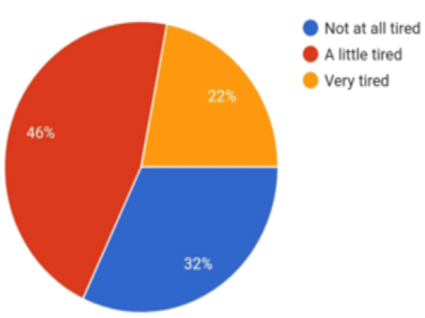Abstract
The circadian rhythm is a biological rhythm that produces physical, psychological and behavioural changes in a living organism, and it follows a daily cycle. This cycle depends on the response of the organism to light and darkness in the environment. The aim of the study was to analyse and evaluate the influence of circadian rhythm on individual differences in morningness-eveningness attitude among the normal healthy subjects. Morningness eveningness questionnaire is a standard tool to assess sleep, wakefulness alertness, self-awareness and best time activity of the individual either in the morning time or evening time. This questionnaire was self-administered, and it consisted of 10 questions and was circulated via google forms. The results revealed that a majority of 85% of the participants are evening types of persons and the significance level was a p-value < 0.05 of the chi-square test. The present study assessed the influence of the circadian rhythm on the morningness-eveningness scale, and results revealed that most of the participants were alarm dependant, had difficulty in waking up. They were very active in the evening and went to bed very late. So, the study concluded that the majority of participants were evening type of person.
Full text article
Authors

This work is licensed under a Creative Commons Attribution-NonCommercial-NoDerivatives 4.0 International License.

